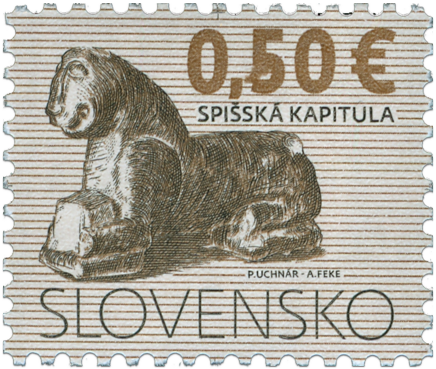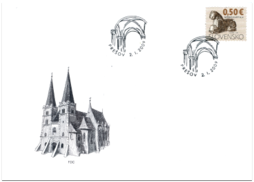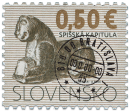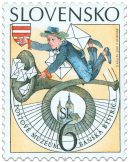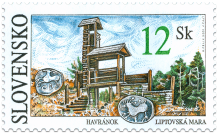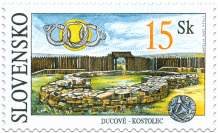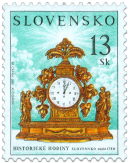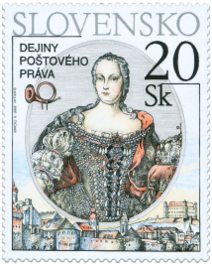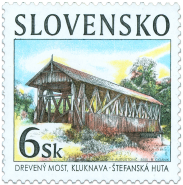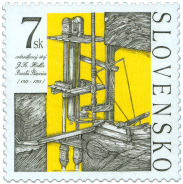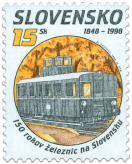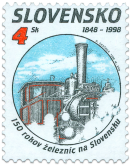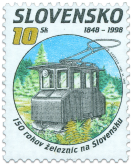444 Date of issue
02.01.2009 Face value
0.50 € Sell price
0.50 €
Spišská Kapitula used to be a spiritual centre of Spiš from as early as the 12th century. Already during this time, at a place called Pažica today, a monastery was situated. Moreover, an abbey was set up in Spišská Kapitula no later than at the end of the 12th century. In the 1st half of the 13th century a new representative church devoted to St. Martin was erected, probably with the support of the king. In terms of its construction, an architectonic disposition widely spread on the territory of contemporary medieval Hungary (and which can be found also on many other important buildings) was chosen. We are talking about a three-nave basilica type without the cross nave and with three eastern apses, western gallery and two-tower western front. The eastern part of the church ceased to exist in the 15th century during the late Gothic reconstruction when a new presbytery was erected and a new vault replaced the original vaulting in a three-nave. However, the centre of the late Romanesque building – initially an abbey, today a bishop’s church – has stood till the present. The original character has been preserved mostly in the western part, in the interior created by a gallery and an entrance hall vaulted by a cross rib vaulting, and in the exterior it is a two-tower façade with a jamb portal in the central axis. It is also decoration, which has been preserved in these parts of the church, that shows how familiar were builders with contemporary architecture of medieval Hungary. The typical feature of buildings from this period is that side by side of older Romanesque forms also elements of Gothic architecture started to appear more often. In Spišská Kapitula such an element is e.g. a berry head. It is a dominant decorative motif on preserved Late-Romanesque parts, whether it is in the western entrance hall on massive pillars bearing the vault or on both Late-Romanesque portals set in the western and northern wall. Similar heads have been preserved e.g. on a former Premonstratensian church in Ócs.
Moreover, a priceless plastic of a lion dates back to the time of the church construction, too. Similar sculptures originated in Romanesque Italian art, from which the motif spread also to Central Europe. However, the lion in Spišská Kapitula is special. It is different from others because it has got no mane and holds an open book in the front paws. It is not sure whether it stood inside or outside, e.g. in front of the portal. Today, it can be found inside the church, by the northern entrance. It was cut out from travertine and it derives its name from the light colour of the stone – leo albus, a white lion.
Bibiana Pomfyová
Similar products
248 Date of issue
09.10.2001
231 Date of issue
10.04.2001
232 Date of issue
10.04.2001
225 Date of issue
01.01.2001
224 Date of issue
18.12.2000
218 Date of issue
14.09.2000
196 Date of issue
23.11.1999
197 Date of issue
23.11.1999
188 Date of issue
21.09.1999
156 Date of issue
20.08.1998
154 Date of issue
20.08.1998
155 Date of issue
20.08.1998
© 2025 POFIS - Postal philatelic service. All rights reserved

